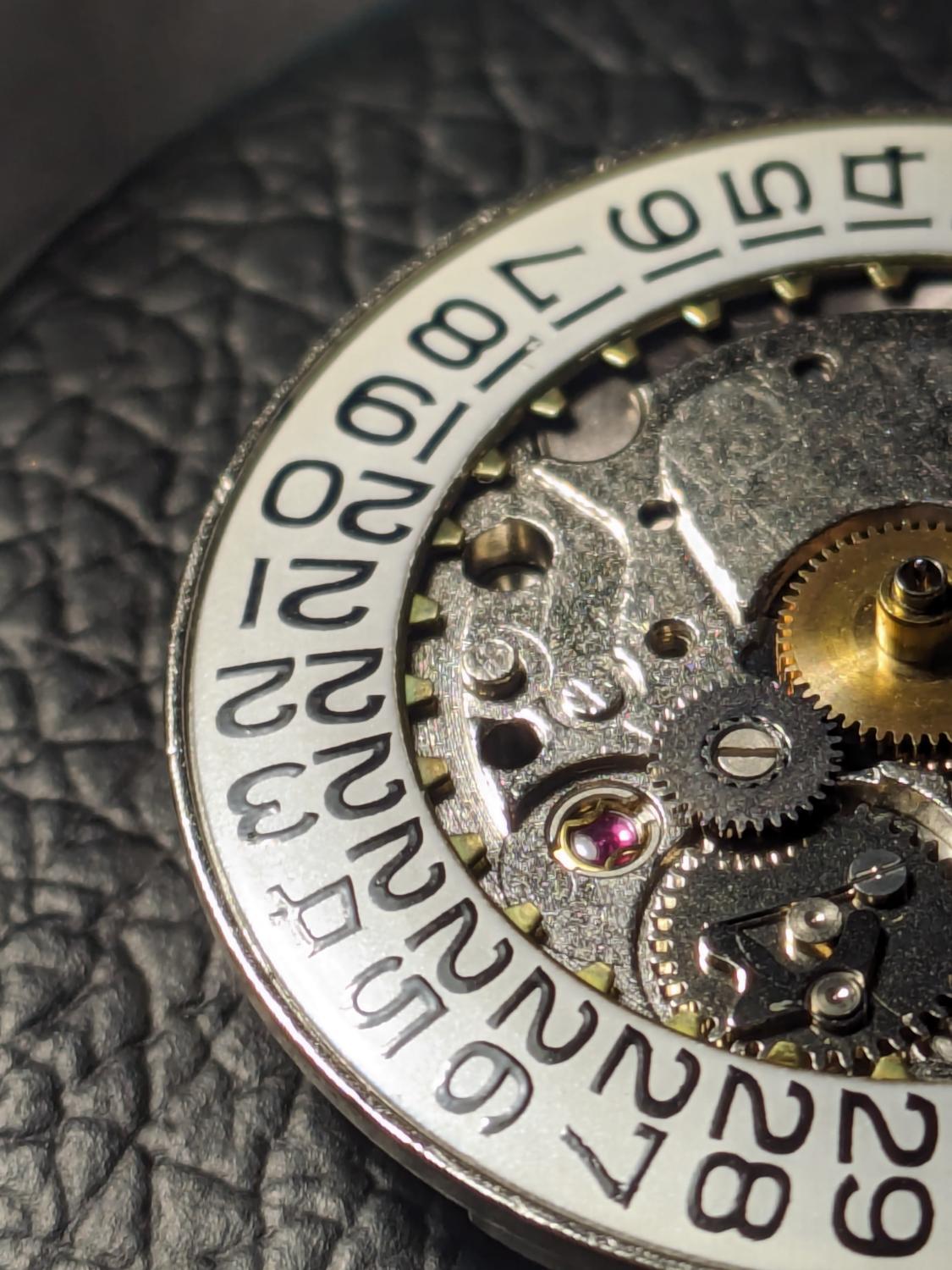Making the micro regulator adjustments
-
Recently Browsing
- No registered users viewing this page.
-
Topics
-
Posts
-
I expect you should be able to wind it by hand with the crown and then when wearing it the 'gyromatic' part keeps it topped up, for want of a better phrase.
-
By RichardHarris123 · Posted
That will teach me to read the post properly. Let's see the dial. -
Oh so that is why it is gyromatic so if I don’t move it every once in a while it turns off? That seems a tad bit redundant but kinda cool thanks so much
-
Like I said in my edit above, it doesn't have a battery. Try winding with the crown.
-
By RichardHarris123 · Posted
Without any indentations, must be a snap back
-





Recommended Posts